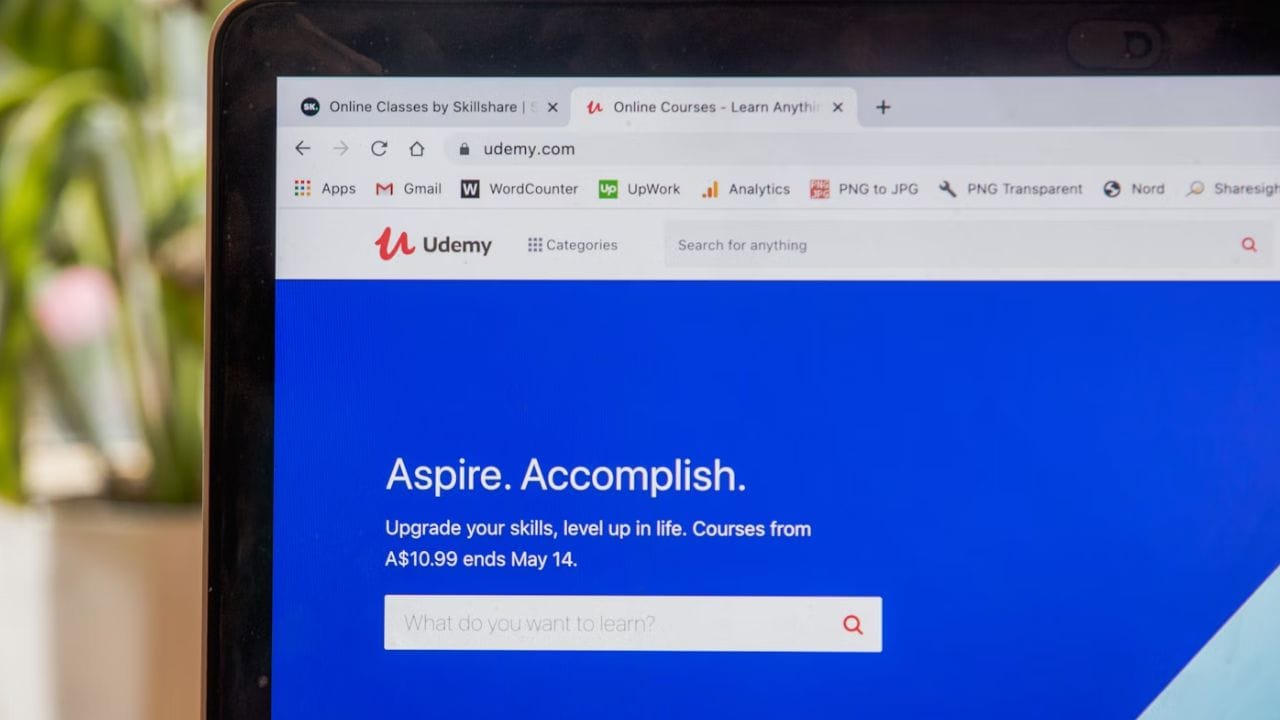As the Covid pandemic has receded, hybrid learning has become increasingly popular. According to VdoCipher’s report ‘The Changing Landscape of Online Education & Course Piracy in India,’ nearly 58.4 percent of people across the country expressed a preference for offline education, compared to 41.6 percent favouring online platforms.
According to a study, over 5,000 course piracy groups on Telegram, with at least 1,000 having more than 10,000 members. Piracy courses and unauthorized video distribution through Telegram resulted in a loss of about Rs 2,000 crore in India. Over the past six months, the company blocked 120,000 piracy sessions and over 13,000 unique IPs, identified over 1,100 hackers, and detected and blocked over 700 websites/apps with advanced piracy attempts. It also initiated legal action against more than 20 pirates.
“Course piracy alone has resulted in a staggering Rs 2,000 crore loss, with over 6000 piracy groups on Telegram alone, out of which 1000+ groups have more than 10,000 viewers each. To address these challenges, educators should focus on developing interactive content for enhanced experience and adopting hybrid models that combine the flexibility of online platforms with the engagement of in-person learning. The platforms in the e-learning sector should invest in advanced video security technologies with support from policymakers to strengthen anti-piracy regulations with streamlined complaint processes to deter content theft,” Siddhant Jain, CEO & Co-Founder of VdoCipher, said.
The study also revealed challenges in sustaining enthusiasm for online education. Only 26.4 percent of people believed online learning is better than offline education, a significant drop from 47.8 percent in 2022. Satisfaction levels have similarly declined, with only 38.3 percent benefiting more from online learning in 2024, down from 55.2 percent two years earlier. Group study participation online also fell significantly, with 29.5 percent engaging in online study sessions in 2024, compared to 55.2 percent in 2022.
The study underscored the dominance of educational content in video consumption, making up 25 percent of the total usage, followed by Technology (18 percent) and Media & Entertainment (15 percent). Smaller segments include Financial Services (14 percent), Healthcare (9 percent), and Professional Services (5 percent). Within academic content, Competitive Exam Preparation leads at 40 percent, followed by Programming and Data Science at 20 percent. K-12 and Higher Education each make up 10 percent, highlighting the diversity in educational demands.
Interestingly, the study found a growing demand for longer and more comprehensive video content. In 2024, 54.2 percent of people preferred long-format videos, a sharp rise from 16.4 percent in 2022. This trend also points to learners valuing in-depth explorations of topics over shorter, fragmented sessions.
The study also revealed significant variations in video durations based on content type. Arts and Music videos are the longest, averaging 50–60 minutes, followed by IT/Programming and Spirituality/Religion at 40–50 minutes. Finance, Investment, and Educational content typically run for 30–40 minutes, while shorter categories like Engineering and Fitness average 10–20 minutes. Business content was the most concise, with durations of 5–15 minutes.
Simultaneously, the popularity of live classes has soared, with 72.4 percent of people favouring real-time learning experiences over recorded content, emphasizing the importance of immediate feedback and interaction. Higher Education and Arts-related content have the highest engagement rates, exceeding 80 percent. Finance and Trading videos have maintained strong engagement at over 70 percent, while Vocational and Career Training has achieved 60 percent plus participation. K-12 education has steady engagement at over 50 percent, while Test Preparation and Fitness categories are witnessing 40 percent plus viewership rates.
